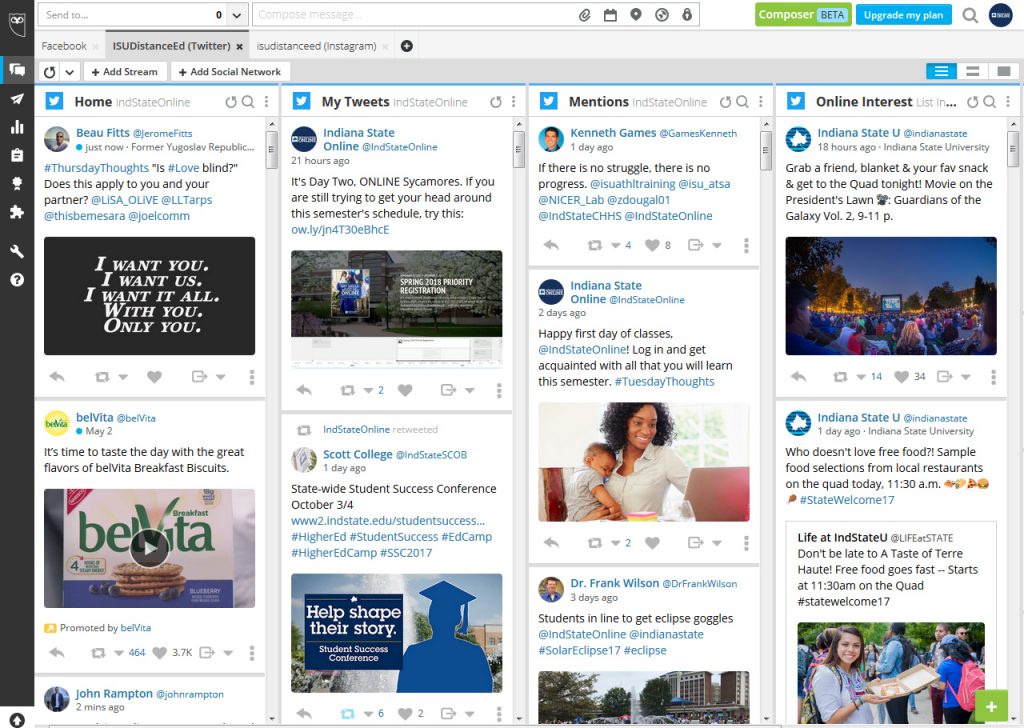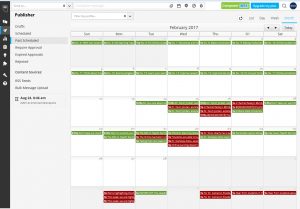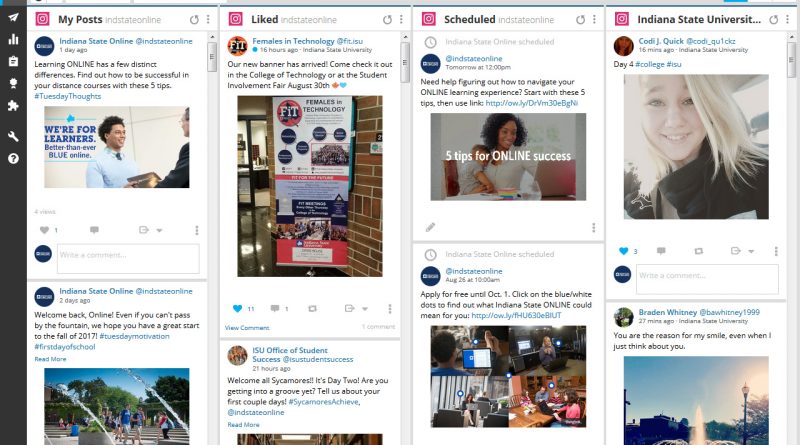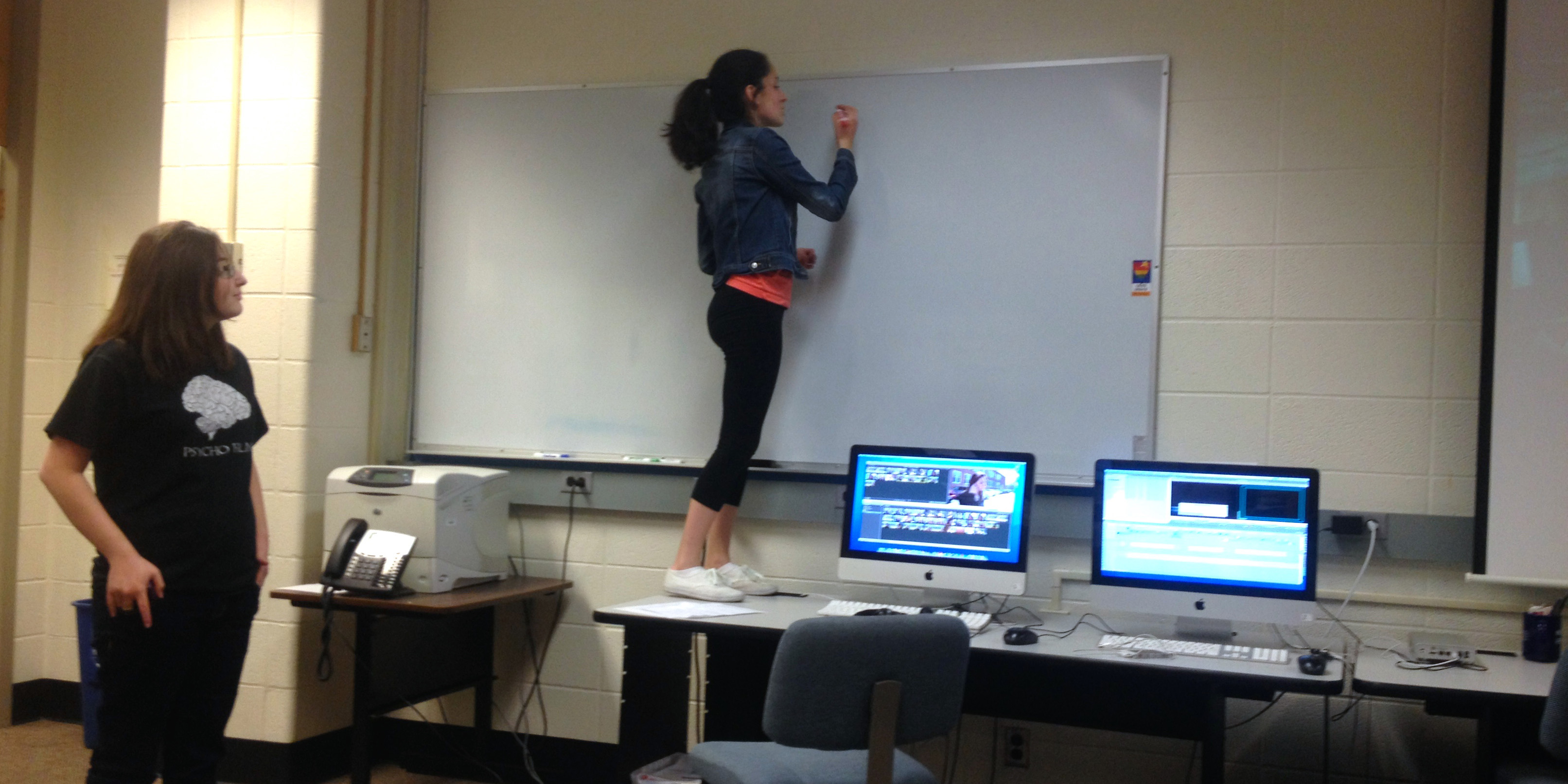Keep an eye on it all: Using Hootsuite for student media
Good planning leads to good journalistic content. We know that.
However, student media can be volatile, particularly because staff members (and advisers) are juggling a myriad of other responsibilities. Windows of opportunity are often missed; ideas can fall through the cracks.
The genius of Hootsuite (or similar platforms like Tweetdeck) is its ability to pull social media together to allow for coherent and dynamic decision-making for journalists. And, although some advanced features like extensive analytics capabilities are an extra cost, the bulk of what can be used to make student media more savvy is FREE.

I’ve used Hootsuite in both the university journalism classroom and as a media content coordinator, and I believe the following aspects are most useful for student media:
- GAINING STORY IDEAS: Student journalists can set up streams in Hootsuite that track hashtags, words and phrases, and locations to see what’s occurring or being discussed on multiple platforms. By entering a location, name of a school, or name of a city, students can see what is happening and use it for story pitch fodder.
- COVERING A BEAT: Diversity of coverage is key, and a student media staff can’t know everything that’s unfolding within a specific topic in a fast-paced world. I encourage my college journalists to set up a Hootsuite section dedicated to their beat, which can provide both background knowledge (research, anyone?) and coverage ideas for whatever their beat is within a campus or community.

- SCHEDULING INTO THE FUTURE: The scheduling feature allows a journalist or publication to release articles and information on social media when they want to, without being physically present on the platform. Hootsuite allows creation of a content calendar for social media and/or the ability to simply schedule posts for days, weeks, or months in advance, as needed. (Note: I would always counsel journalists to pay attention to current events to avoid awkward juxtapositions between predetermined content and breaking news.)
- RAISING AWARENESS THROUGH PR: Students can create and track a PR campaign for student media, thereby raising the visibility of a publication online, using Hootsuite’s tools. A few, like sweepstakes and signups, are free and can provide an access point through social media for reluctant online readers.
- ADVISER ACCOUNTABILITY: As we continue to train student media staffs about what a professional social media presence should look like, it pays to be able to comprehensively critique what they are putting out into the world. Hootsuite allows an adviser to keep an eye on what has been posted and what’s scheduled to come on platforms including Facebook, Twitter, Instagram, YouTube, and more – all from a single screen.
Hootsuite is a great skill for student journalists to acquire early, as it (and programs like it) are gaining ground in professional communications circles. There are a few free online course options that will help students learn what they need to know—and add a line to their resume for internships, college applications, and future employment. There are full lesson plans about social media use in journalism through Hootsuite University, and as Aaron Manfull mentioned just a few months ago, Hootsuite’s blog continues to offer solid ideas on how to apply various tools across the social media spectrum.




